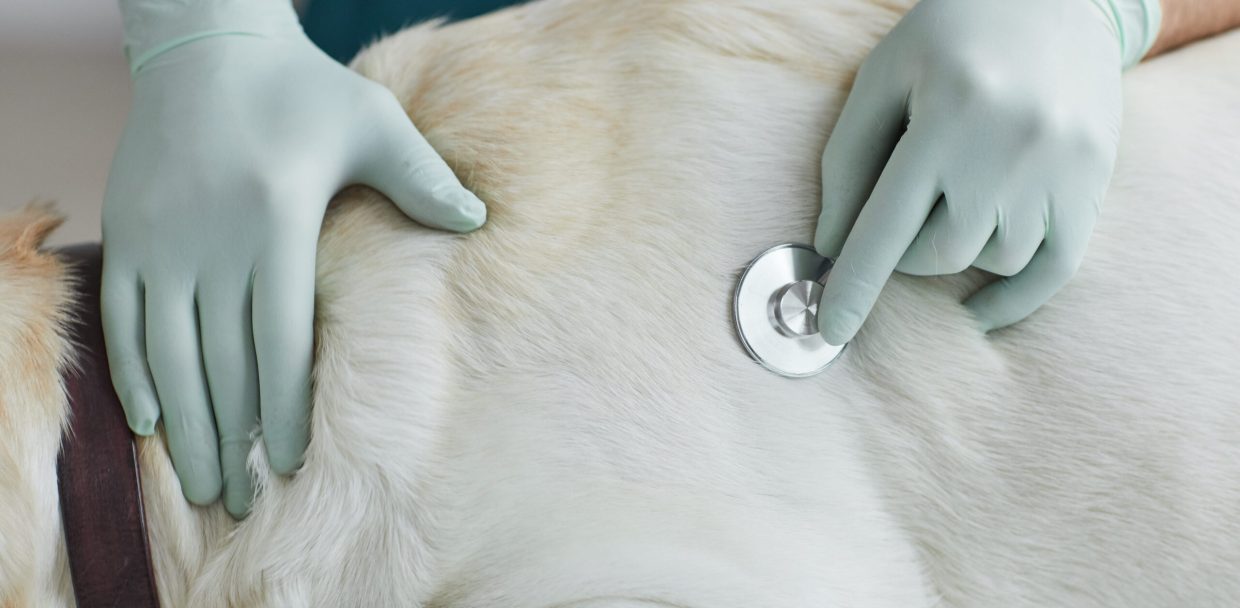

Veterinary medicine is undergoing a significant transformation thanks to rapid technological advancements. From artificial intelligence to wearable health trackers for pets, technology is not only improving diagnostics and treatment but also enhancing the overall experience for veterinarians and pet owners alike. In this blog, we’ll delve into the key ways technology is changing veterinary care and what it means for the future of animal health.
1. Telemedicine: Care Beyond the Clinic
Virtual Consultations The COVID-19 pandemic accelerated the adoption of telemedicine, and now it’s a staple in many veterinary practices. Virtual consultations allow vets to assess minor health concerns, monitor recovery, and provide guidance without needing an in-person visit.
Remote Patient Monitoring Wearable tech for pets, like smart collars and implants, can track vital signs, activity levels, and behavior patterns. These devices help identify changes in health early, enabling preventive care and timely treatment.
2. Artificial Intelligence and Smart Diagnostics
AI in Imaging and Pathology AI algorithms are being integrated into imaging software, assisting vets in identifying fractures, tumors, or abnormalities more quickly and accurately. Similarly, AI-enhanced pathology tools are helping analyze blood and tissue samples for early detection of diseases.
Predictive Analytics Machine learning models can analyze patient history and clinical data to predict disease risk and recommend preventive measures. This kind of decision support improves efficiency and care outcomes.
3. Advanced Treatment Modalities
Laser Therapy Laser therapy is a non-invasive treatment that reduces inflammation, relieves pain, and accelerates healing. It’s widely used in treating arthritis, wounds, and post-operative recovery.
Regenerative Medicine Stem cell therapy and platelet-rich plasma (PRP) treatments are becoming more common in veterinary orthopedics and chronic disease management. These treatments promote tissue regeneration and reduce the need for surgery.
4. Robotics and Automation
Automated Surgical Tools Robotic surgical assistance is still in its early stages in veterinary medicine, but it’s showing promise in enhancing precision and reducing surgery times.
Automated Feeders and Dispensers In boarding facilities and large animal practices, automated feeders help manage nutrition plans efficiently, while smart medication dispensers ensure timely drug administration.
5. Enhanced Client Communication and Record Keeping
Mobile Apps and Client Portals Veterinary apps allow clients to schedule appointments, access medical records, receive vaccination reminders, and communicate with the vet directly. This improves engagement and compliance with care plans.
Cloud-Based Practice Management Software Digital record keeping improves data accuracy, security, and accessibility. It also allows vets to access patient files from any device, anywhere, streamlining operations.
Conclusion Technology is reshaping veterinary medicine into a more proactive, precise, and accessible field. From telemedicine to AI diagnostics, embracing these innovations allows clinics to provide better care, reduce costs, and stay competitive in a rapidly changing landscape. The future of veterinary care is digital, and the time to adapt is now.